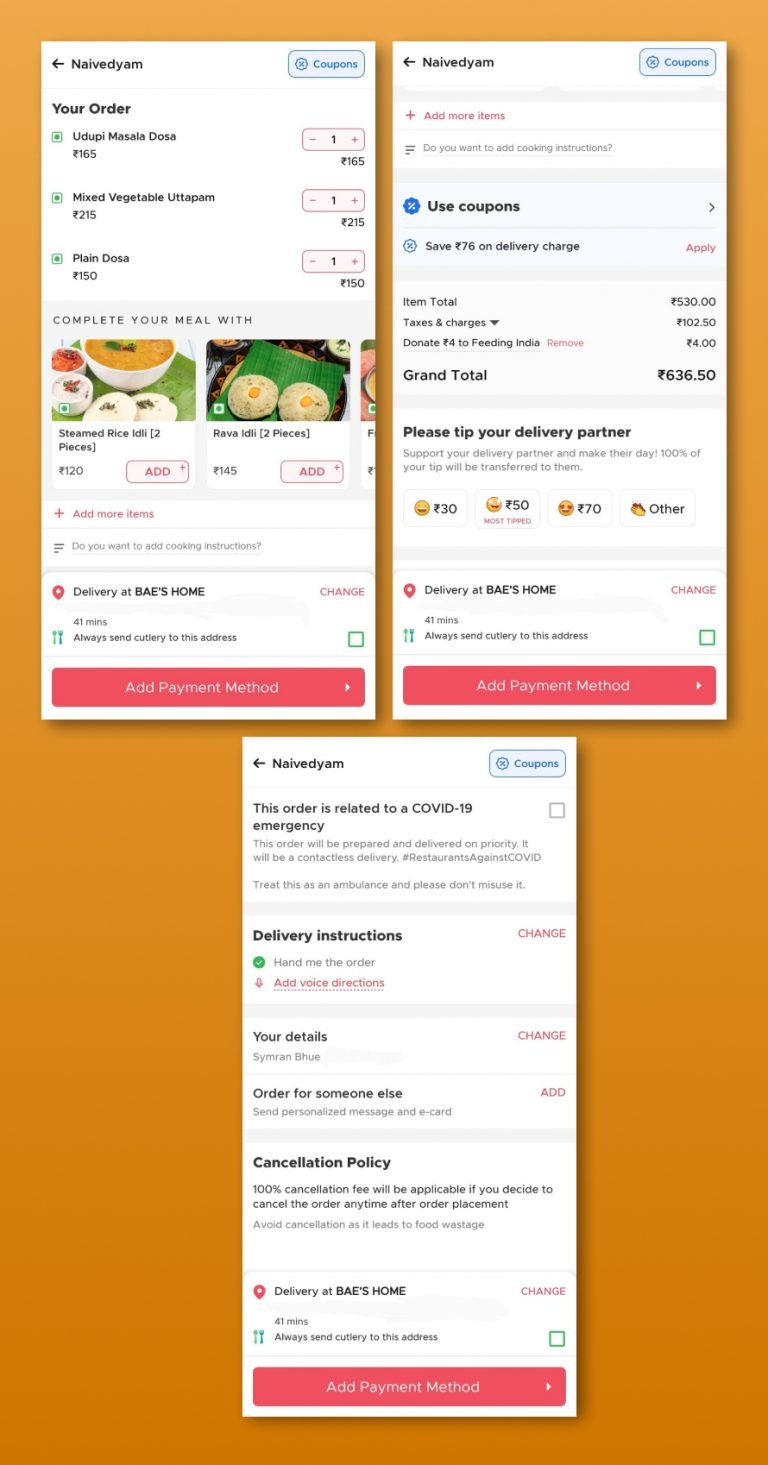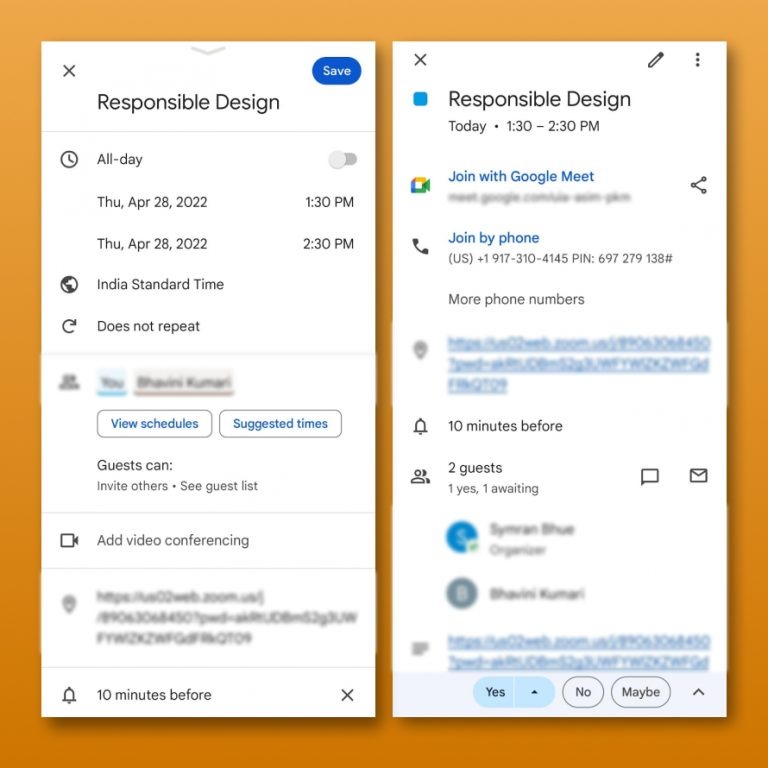Sneak into Basket dark pattern sneakily adds offers or items into the basket which the user ends up paying extra for.
Stuti Mazumdar & Symran Bhue - May 2022

How this pattern gets its name?
Sneak into Basket is exactly how it sounds – this dark pattern involves sneakily adding offers or items in the customer’s basket without their permission. At the end of the checkout process, either the customer realises that there is an extra item that they didn’t put there in the first place or if they don’t pay close attention, end up paying for the additional item.
How to identify this pattern?
This dark pattern is covert and hides information. The metric being prioritised is new sign-ups and conversion.
Sneak into Basket can be easily identified if the users review their order before making a purchase and notice extra items or offers that they hadn’t added to the cart. These items can either confuse the user and more often than not come at an additional cost to the total purchase price of the originally selected items by the user.
Examples
This dark pattern can be widely seen on eCommerce websites as well as flight reservation sites where either you’ll end up buying travel insurance along with your flight ticket or you are donating money to a charity if you weren’t paying attention.
In India, we all know Zomato. In fact, some of us think of it as our favourite food delivery app and maybe we have also noticed that Zomato has been sneaking a ‘charitable cause’ in our orders for years. Now, we don’t mind making a genuine contribution to feeding India unless our consent has been requested which is not what Zomato prefers doing here; the way Zomato sneaks behind the unsuspectingly hungry and hurried user’s back to add a donation to feeding India when placing an order – is covert at best. For those who are extra careful and always scroll to double-check the order, the sneaky move can be confusing.

We’ve also seen this dark pattern surface in our Google calendar invites. Every time we create a Google calendar invite, a Google Meet link gets included in the invite. Even if we add a Zoom call link in the location or description section of the invite, invitees often end up waiting on the auto-generated Google Meet link for a while before realising that the call was scheduled on Zoom. Of course, it is possible to remove the Google Meet link at the time of creating the invite but it is an extra step and not very obvious that the Google Meet link will be auto-generated as soon as the invite is saved unless removed by clicking on ‘X’. Now, Google may think this is totally harmless as we are not paying any extra money here but the extra time and effort that the confusion costs us are definitely unnecessary. And, it’s after all a sneaky move by Google.

How to make it an ethical design pattern?
How to make it an ethical design pattern: Sneak into Basket takes advantage of the user’s lack of motivation to double-check everything during the purchase process. The user assumes that since they’ve only just added items to their cart, the total amount reflects the base price, taxes and perhaps a convenience fee.




